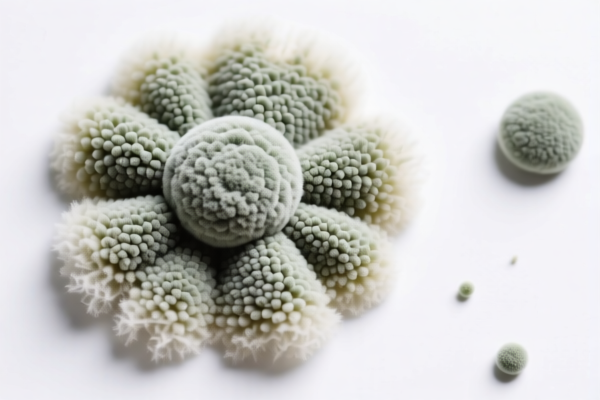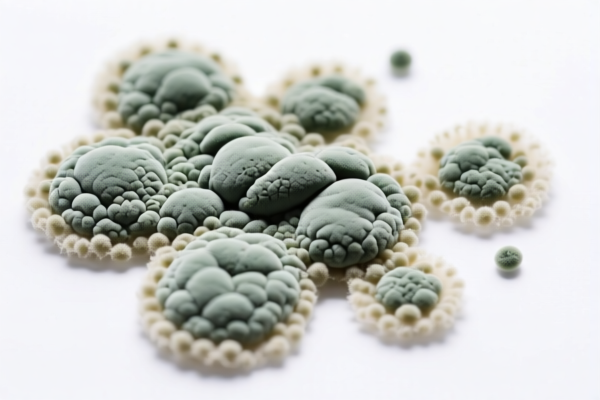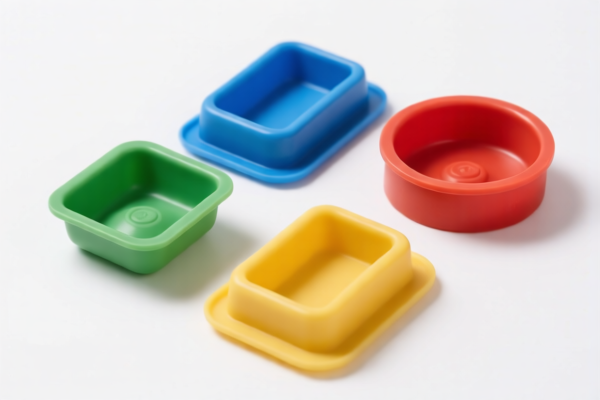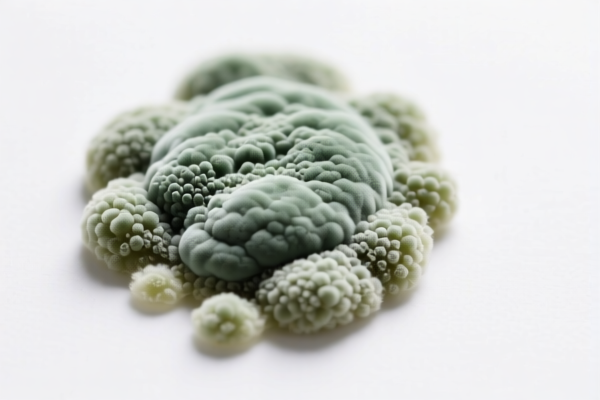| HS Code | Official Doc | Tariff Rate | Origin | Destination | Effective Date |
|---|---|---|---|---|---|
| 8487900080 | Doc | 83.9% | CN | US | 2025-05-12 |
| 8487900040 | Doc | 58.9% | CN | US | 2025-05-12 |
| 8480799090 | Doc | 58.1% | CN | US | 2025-05-12 |
| 8480718045 | Doc | 58.1% | CN | US | 2025-05-12 |
| 8203300000 | Doc | 55.0% | CN | US | 2025-05-12 |




Cross Mold
A cross mold, also known as a crucifix mold, is a tool used to create three-dimensional representations of a cross, typically for religious purposes, but also for decorative or artistic applications. These molds facilitate the reproduction of crosses in various materials.
Material
Cross molds are commonly fabricated from the following:
- Metal: Aluminum, brass, and steel are frequently used for their durability and ability to withstand repeated use with hot materials. Metal molds are particularly suited for casting processes.
- Silicone: Silicone molds offer flexibility and are ideal for casting resins, wax, and other materials that require easy demolding. They are also used for creating detailed designs.
- Plaster: Historically, plaster molds were common, particularly for ceramic or clay crosses. While less durable than metal, they are cost-effective for single or limited-run productions.
- Wood: Wood molds can be used for creating wax models or for pressing clay, though they are less common due to their susceptibility to wear and deformation.
Purpose
The primary purpose of a cross mold is to efficiently replicate the shape of a cross. This serves several applications:
- Religious Artifacts: Creating crucifixes for churches, personal devotion, or religious ceremonies.
- Jewelry Making: Producing cross pendants, earrings, or other religious jewelry pieces.
- Decorative Items: Crafting cross-shaped ornaments, wall hangings, or other decorative elements.
- Artistic Projects: Forming crosses for sculptures, mixed media artwork, or experimental designs.
Function
A cross mold functions by providing a negative impression of the desired cross shape. Material is introduced into the mold cavity, conforming to the shape. Once the material solidifies or sets, the mold is opened, and the resulting cross is removed.
Usage Scenarios
- Casting: Metal or resin is poured into the mold, allowed to cool and harden, and then extracted. This is suitable for mass production or creating durable crosses.
- Pressing: Clay or wax is pressed into the mold, capturing the details of the cross shape. This method is often used for handmade crafts or prototyping.
- Slip Casting: A liquid clay mixture (slip) is poured into the mold, allowing the water to absorb into the mold walls, leaving a layer of clay that forms the cross.
- Molding Compound: Materials like epoxy or polymer clay can be pressed or poured into the mold to create lightweight and detailed crosses.
Common Types
- Two-Part Molds: Consist of two separate pieces that fit together to create the mold cavity. These are common for complex designs with undercuts.
- Single-Part Molds: Simpler molds suitable for basic cross shapes without intricate details.
- Open-Faced Molds: Have one open side, allowing for easier demolding but potentially requiring more support during material application.
- Closed Molds: Fully enclosed, providing greater stability during material application and resulting in a cleaner finish.
- Multi-Cavity Molds: Contain multiple mold cavities, enabling the simultaneous creation of several crosses.
- Silicone Rubber Molds: Flexible and reusable, ideal for resin casting and wax modeling.
- Metal Inlay Molds: Used to create crosses with metal detailing or accents.
Based on the provided information, “cross mold” can be classified under the following HS codes:
-
8480799090: This HS code covers “Molding boxes for metal foundry; mold bases; molding patterns; molds for metal (other than ingot molds), metal carbides, glass, mineral materials, rubber or plastics: Molds for rubber or plastics: Other types: Other Other molds”. This is a broad category encompassing molds for rubber or plastics that don’t fall into more specific classifications. The two-digit sections represent:
- 84: Machinery and mechanical appliances; parts thereof.
- 80: Molding boxes for metal foundry; mold bases; molding patterns; molds for metal, metal carbides, glass, mineral materials, rubber or plastics.
- 79: Molds for rubber or plastics.
- 90: Other types: Other Other molds.
-
8480718045: This HS code covers “Molding boxes for metal foundry; mold bases; molding patterns; molds for metal (other than ingot molds), metal carbides, glass, mineral materials, rubber or plastics: Molds for rubber or plastics: Injection or compression types: Other Other: Injection type”. This is a more specific classification for injection type molds for rubber or plastics. The two-digit sections represent:
- 84: Machinery and mechanical appliances; parts thereof.
- 80: Molding boxes for metal foundry; mold bases; molding patterns; molds for metal, metal carbides, glass, mineral materials, rubber or plastics.
- 71: Molds for rubber or plastics: Injection or compression types.
- 80: Other Other: Injection type.
According to the provided reference material, the HS code options related to 'cross mold' are limited, with only the following 2 found.
Regarding HS code 8480799090 and 8480718045, the basic tariff is 3.1%, with an additional 25.0% tariff, and a 30% tariff will be added after April 2, 2025.
Customer Reviews
No reviews yet.